50 Words or Less
The Miura KM-700 irons are beautiful, traditional blades with legendary Miura feel. Centered sweet spot or CG. Some help on thin strikes, but these irons generally give you exactly the result you deserve.

Introduction
Added to the lineup in 2022, the Miura KM-700 irons are the result of five years of development by master craftsman Katsuhiro Miura. Miura’s claims around this iron are quite bold, including the idea that they can be played by golfers of all handicaps. At a reader’s request, I tested a set so that I could weigh in on those big promises.

Looks
In the bag, the Miura KM-700 irons are everything that the PI-401 irons [review HERE] are not. These sticks have cool to spare. They’re a true blade with only the classic Miura branding on the toe opposite the small red hanko stamp on the heel. The three different levels of the back and the dramatic shaping at the toe cause a double take, with that second glance quickly turning into a stare.
The KM-700 delivers visually in the address position, too. The top line is thin, and the heel-to-toe length is very well-proportioned. It’s not frighteningly compact like some blades, but it’s miles from oversized. I also like Miura’s use of sharp, straight lines, which you can really appreciate in the picture below. My only critique – and it’s very minor – is that the transition from the hosel to the top line is a little jarring.

Sound & Feel
Several of the Miura irons I’ve reviewed lately have come up short in terms of feel. They aren’t bad, but they aren’t “empty your bank account, it’ll be worth it” good. The Miura KM-700 irons are. Forged from S20C soft carbon steel, these irons have the buttery soft feel on center that makes gear nerds go weak in the knees.
In addition to being soft, these irons feel solid behind the hit. I’ve noted that some clubs give you a feeling of connection from club face all the way to your chest, and the KM-700 has that.
Predictably, the feedback is elite. As you move off center, the sound gets a little sharp – a subtle cue that you’ve strayed. The feel is never harsh, but the strike loses its sweetness when you’re a little thin or toe-y. If you’re unclear on where the ball struck the face, your mind was 100% on something else.

Performance
I understand that everything in marketing has to be over the top, but Miura’s copy makes me roll my eyes so hard I worry I might go blind. In two short paragraphs on the Miura KM-700 irons, they use the word “revolutionary” twice and promote them as “benefitting all golfers.” Many of Miura’s comparisons of their own irons are equally daft. What makes this so frustrating to me is that they don’t need to do this. You’re Miura. Cut the crap. Lean into your legendary craftsmanship and taste and leave the hyperbole for all the OEMs in California.

Now that that’s out of my system, let’s cut to the quick. The Miura KM-700 irons are blade irons built for skilled ball strikers. I can’t recall another iron where the ball speed and distance correlated so precisely to the quality of the strike. When struck perfectly, these irons can produce excellent ball speed. Small misses will lose a handful of yards and a measurable amount of smash factor. Put a shot on the toe or heel, and you can expect to see your ball speed and distance plummet. The only area where there’s notable forgiveness is in thin strikes – the sole is wider than many blades and helps elevate those shots.

In terms of launch and spin, I found them to be about average in both categories, relative to their lofts. The Miura KM-700 irons have more traditional lofts – as you’d expect from a blade – which leads them to launch a touch higher if you compare 7I to 7I against modern designs. By that same comparison, these irons will appear “short,” but we know such comparisons aren’t apples and apples, and most blade players aren’t trying to hit the longest 7I anyway.

As with any blade, the benefit of giving up forgiveness is that you have more shot control. Despite the slightly thicker sole, these irons can easily be flighted down. There’s also no issue shaping the ball left or right.
Miura does promote that the KM-700 has a centered CG where many blades have their CG toward the heel. This isn’t objectively good or bad. Some players feel they can control the face more easily with a heel-side CG. Personally, I don’t like getting any nearer the hosel than I have to. If you like a traditional, heel-side CG, Miura suggests the TC-201 [review HERE].

Conclusion
At $400 per club, the Miura KM-700 irons do not offer revolutionary tech or game changing forgiveness, but they do deliver what most people want from Miura: stellar looks, exceptional feel, and the “It” Factor that some of their other offerings have been missing. If you have the high end ball striking to make these work, the KM-700 will definitely scratch the Miura itch.
Visit Miura Golf HERE
Miura KM-700 Irons Price & Specs

He founded Plugged In Golf in 2013 with the goal of helping all golfers play better and enjoy the game more.
Matt lives in the northwest suburbs of Chicago with his wife and two daughters.
- Wilson DYNAPWR Carbon Driver Review - February 19, 2025
- SuperSpeed Speed Sticks Pro Review - February 18, 2025
- PING G440 MAX Driver Review - February 17, 2025



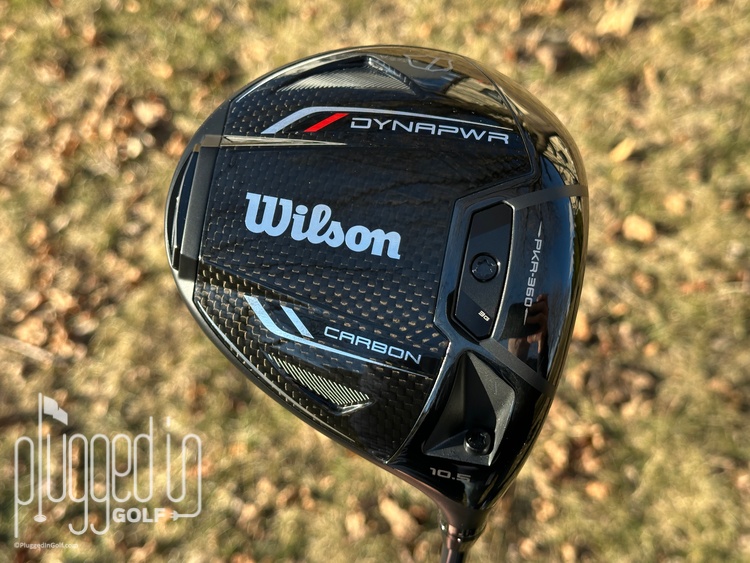
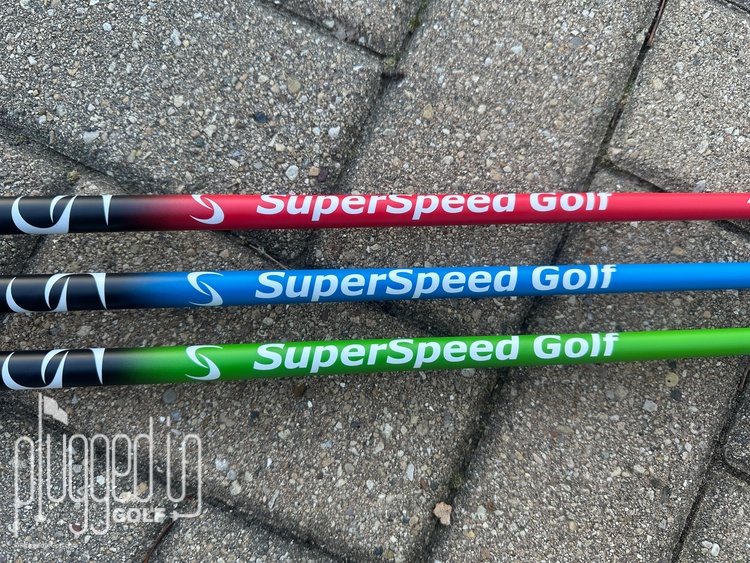
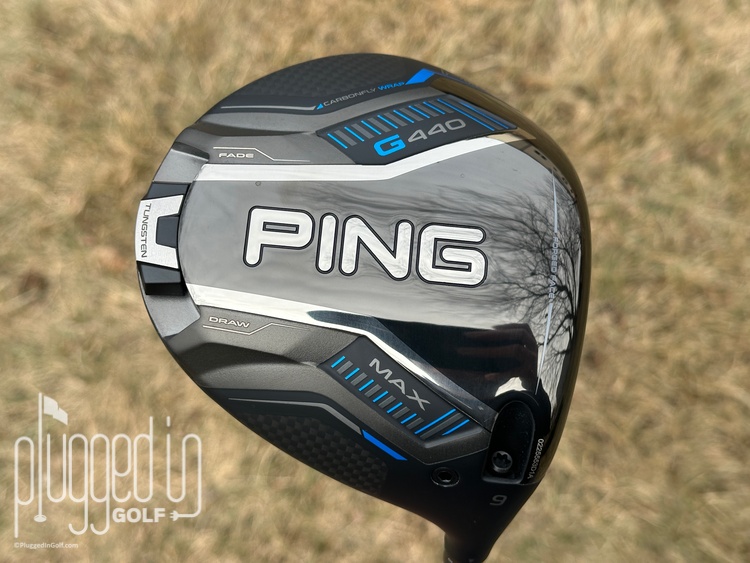
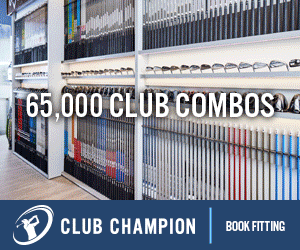

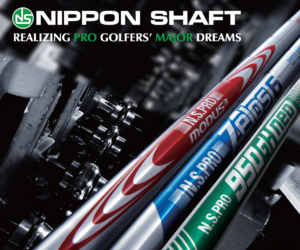







11 Comments
Thanks for the TRUTHFUL review. I’ve have a set of KM 700 and MC 501. Forgiveness is not great in either, but the feel is what its all about. And Miura corrected THE ONLY ISSUE with the 501’s…too much offset, with this “modern” blade (and the 502’s). I can always count on you guys to give the good with the bad, and THAT is much appreciated.
More expensive than my ongoing Mizuno range of irons, same cost as my Miura driving iron bent down to 13 degrees/steel shaft and beautiful!
I am completely satisfied, in love with my MP 225 Mizunos, etc., but any comparison here between mine and these would be read with great interest and my thanks to the author.
David,
The two irons are not particularly close as one is a forged blade and the other a hollow body. The 225 will be much more forgiving.
Best,
Matt
One reason why my MP2225 irons were going at a special lower price is that they are now a superseded model and were the last set available, at least in our area. Once again, they already had my usual shaft and grip fitted, Wow!
Thank you for this review.
I sold my other iron’s sets only to keep 2 sets of Miura, one is the 1957 baby blades and the other is cb1008. And I love them. The feel is excellent.
Other than Titleist T100, no other iron’s set could make me change irons.
Since the transition for distribution of Miura,, I think the approach for introducing new models of Miura changed not necessary for better.
As usually, you are always spot on with your reviews. I always like to read your clubs test reviews, mainly the section Sound, Feel and Performance.
Have a nice day,
Thanks, Richard. Have a happy new year.
-Matt
Stunning irons and solid review, been waiting for it. I have the BH icons and wondering if the feel difference is significant, I know the price is. Also, I’ve been drooling over the Haywood 100s, price and options put them way below the KM700’s and would like to know if you’ll be testing. Cheers
Eric,
They are not on the content calendar currently, but we will reach out to Haywood about them.
*Update: I spoke with Haywood and they will not be sending out 100s for review because it’s a limited run product.
Best,
Matt
Thanks, as always, for this review, Matt. Always good to get your perspectives on clubs that are, for any market reason, outside of the “Big OEMs”. Just by chance, I was at my club’s practice range late this summer when a buddy of mine started hitting balls next to me with a MIURA KM700 that he was testing as a DEMO from a 3rd party retailer. It was a 7 iron with a Fuji graphite Axiom stiff shaft. I play to about a 6-7 handicap and am not an elite ball striker by my own admission, but I “keep it in front of me.” The KM700s were the best feeling irons I have ever hit – maybe by a wide margin. Not as long as a GI Distance iron due to the lofts, of course, but I didn’t care. I was hitting off our mats (which are more forgiving), and I hated to give the club back to my buddy. Compression and trajectory were almost effortless, and I could have hit balls with that iron until my fingers bled. Alas, the Miura website reinforces that these clubs can only be ordered as a set of 4 or 5i – W. I don’t use a 5 or 6 iron, so at $400 per club (excluding a premium shaft) I will have to pass. It’s like wanting to take Jennifer Aniston out to dinner, but remembering that I lean toward McDonalds. Oh well. Again, thanks for the review, Matt.
They are beautiful but at $400 per stick they better wash my dog, cut my lawn, do my laundry, wipe my @&? And drop my handicap by 4 points. Otherwise no thanks!
I appreciate your review of these irons. I was able to see them in person recently and while beautiful clubs…. They are in fact butter knife looking blades and I was perplexed at how they could possibly be for the range of handicaps Miura recommends. So that you for helping me not spend a fortune on irons I wouldn’t play even as a 5 Hcp.